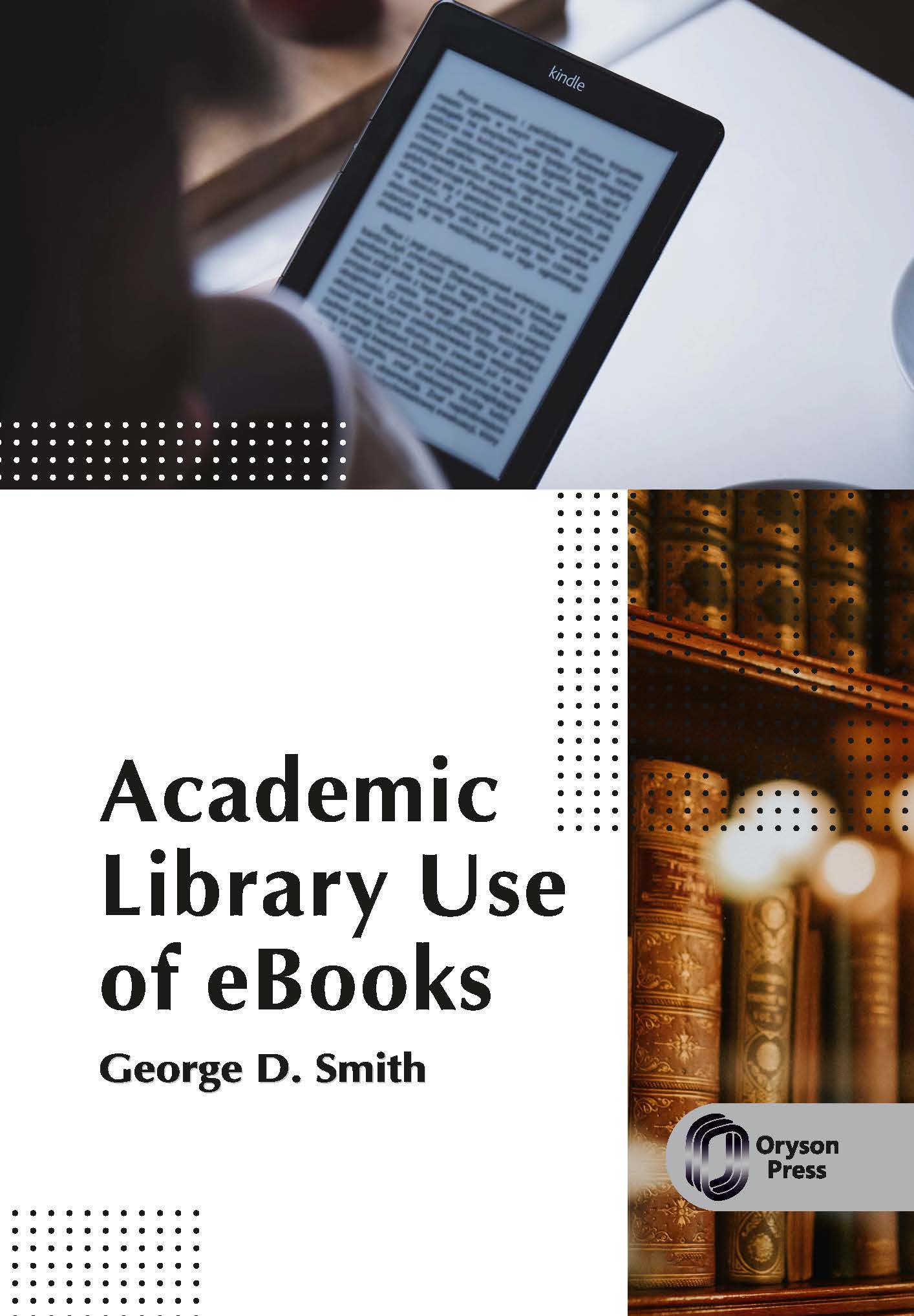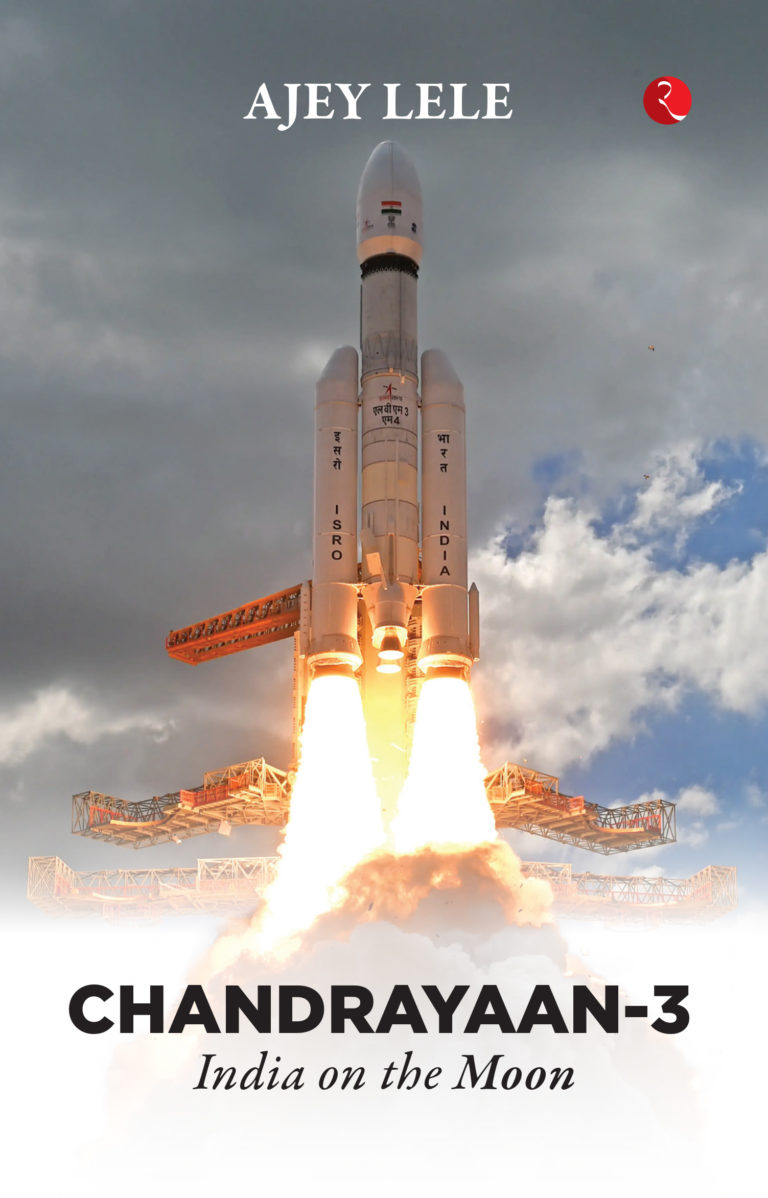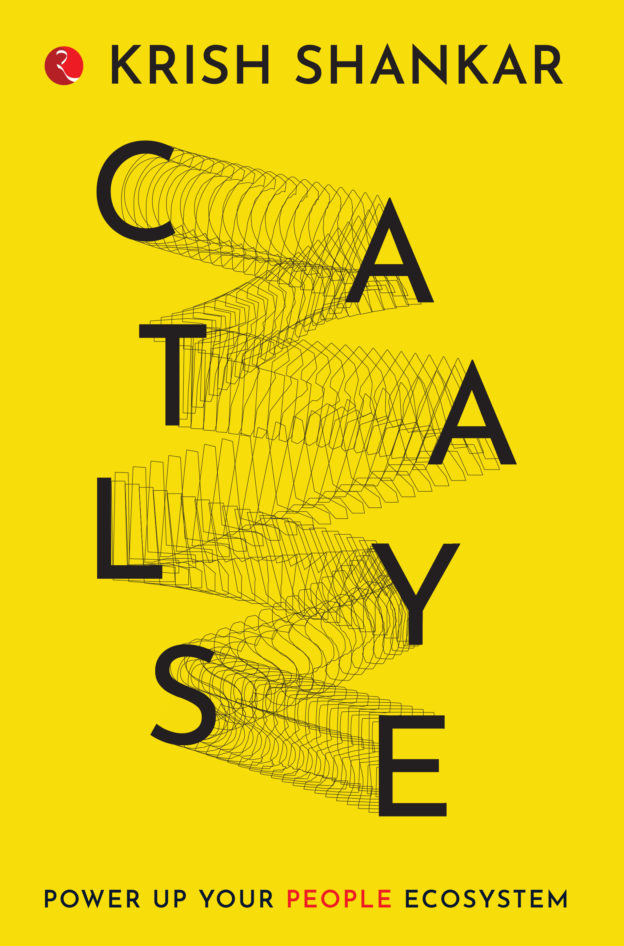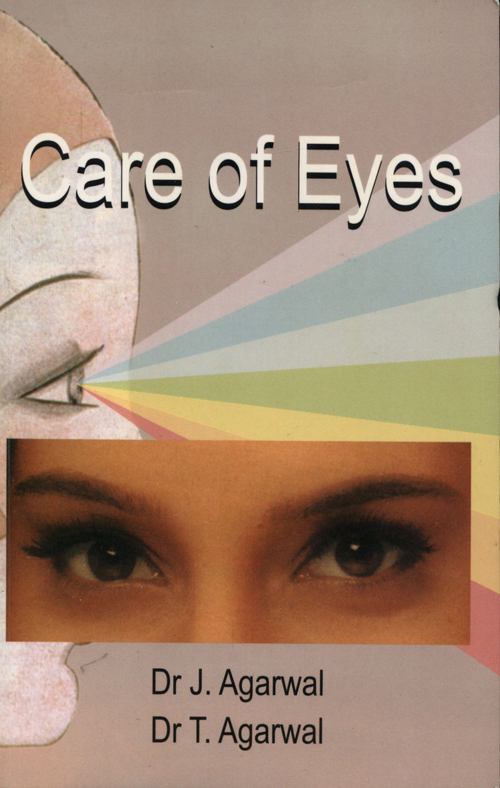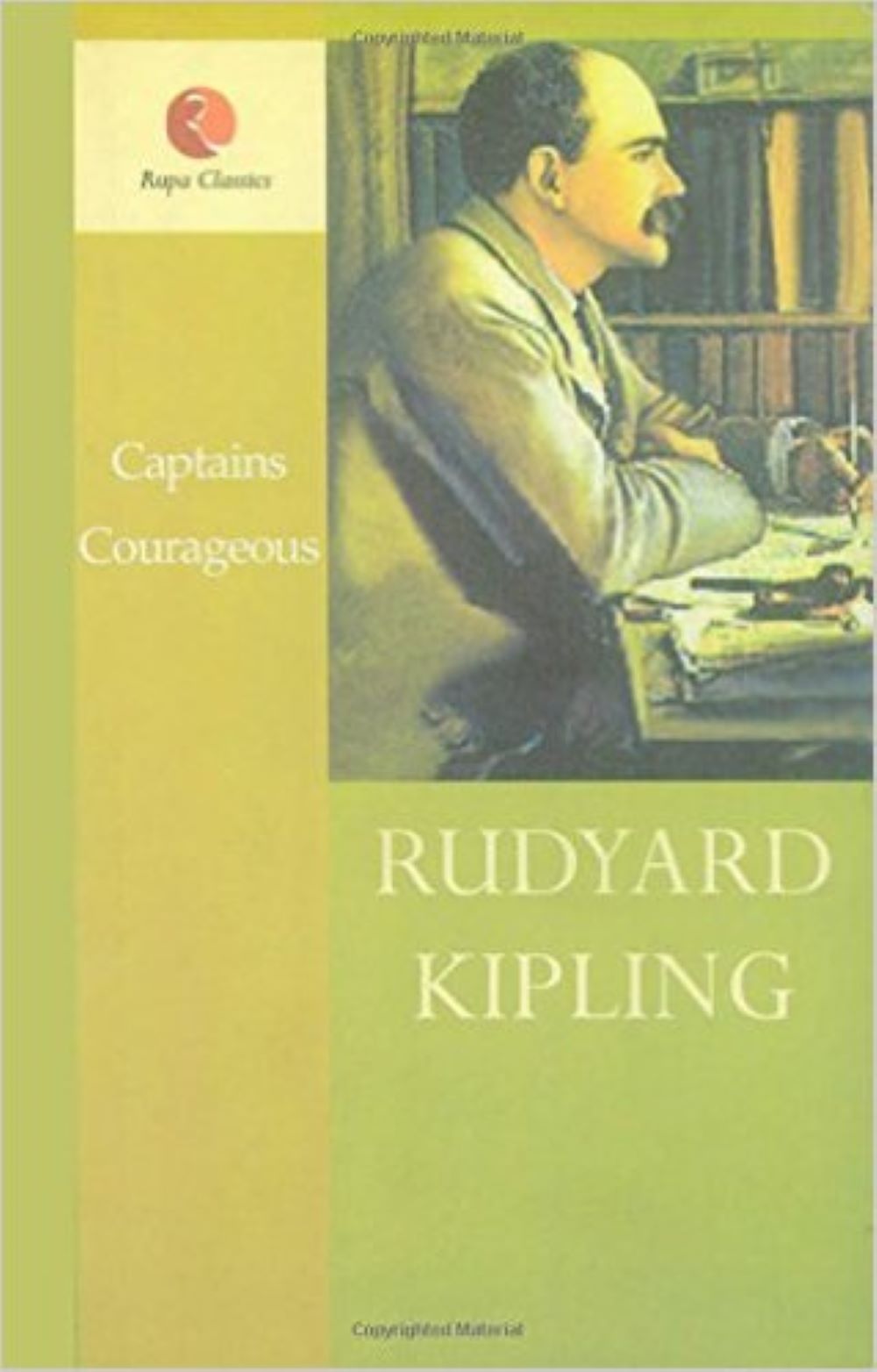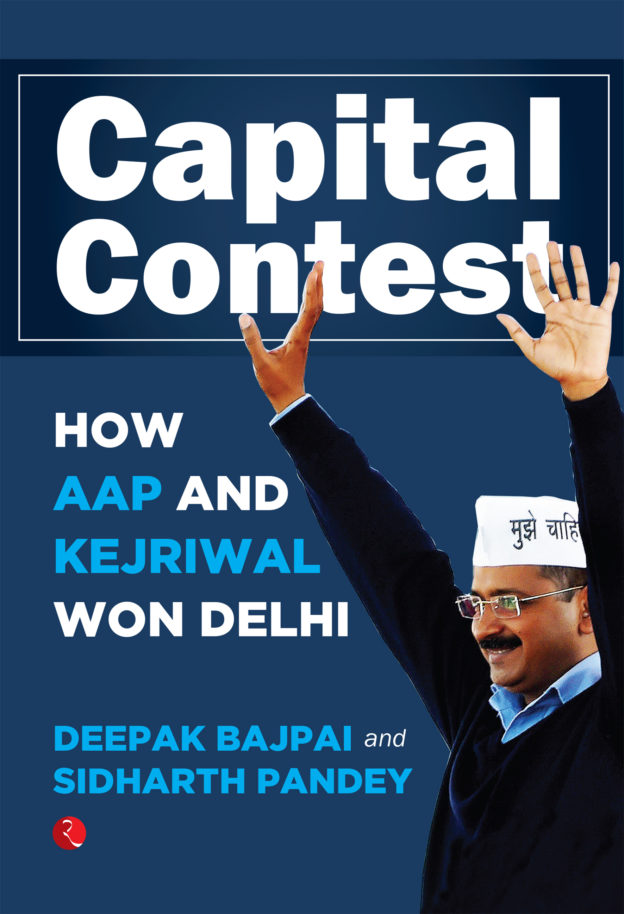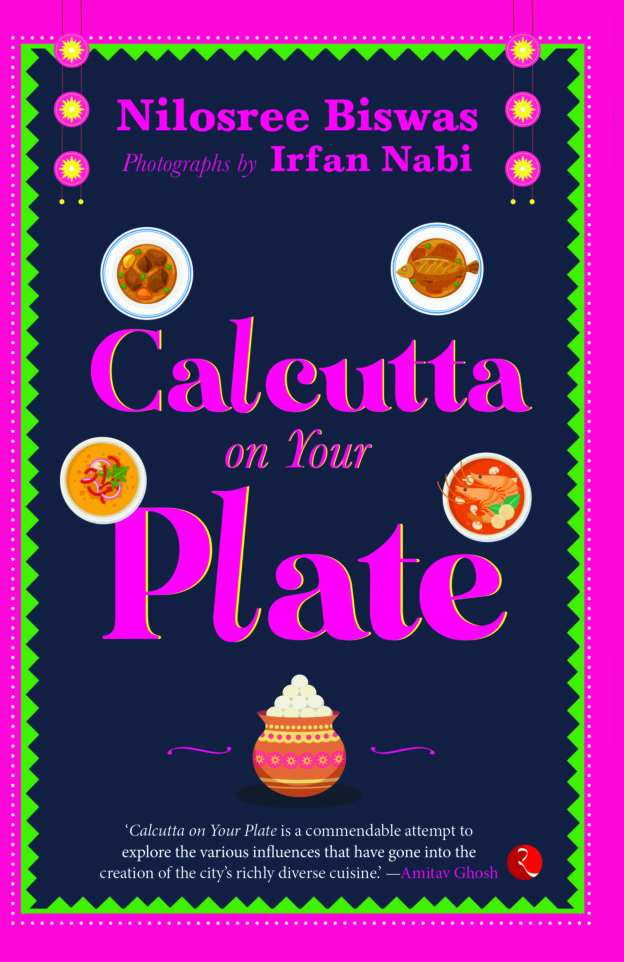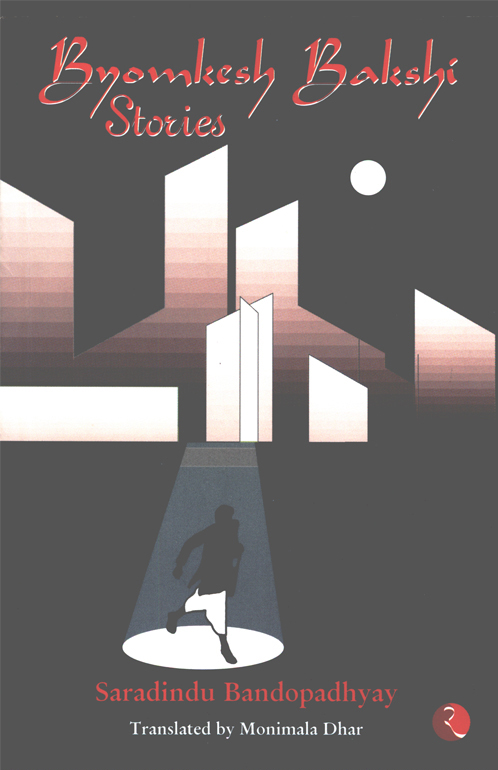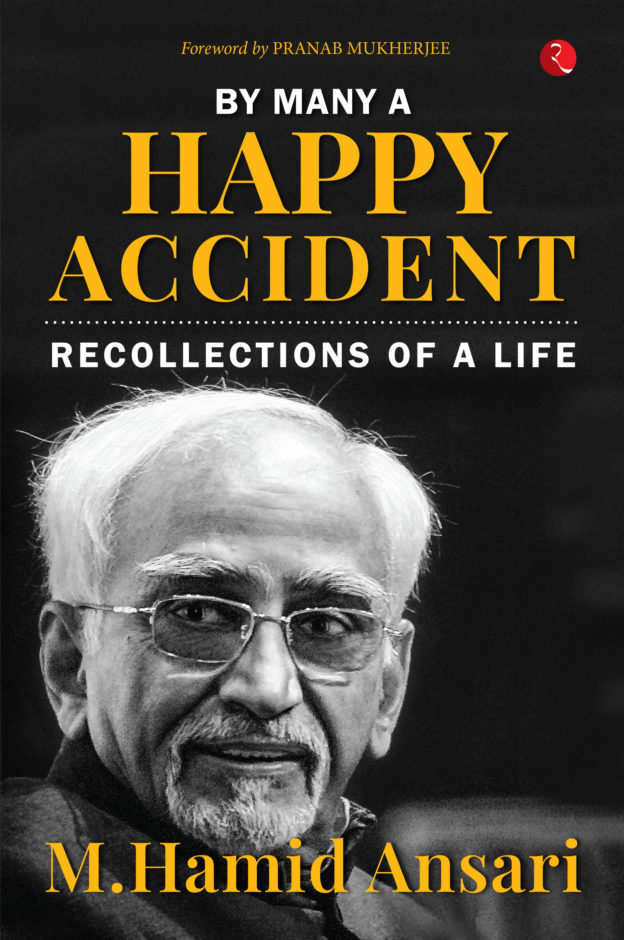Academic Library Use of eBooks
no information available
Libraries are the repositories of knowledge and form an integral part of education. With the rise of ebooks and audiobooks they face difficult choices on adapting to the changing times. For students teachers scholars and researchers the experience of a good library can be very conducive for learning and teaching. Electronic books offer creative possibilities for expanding access as well as changing learning behaviour and academic research.
They make content accessible at the touch of a button irrespective or place or time and can be read on multiple devices such as mobile phones laptops PCs tablets or portable book readers. One can carry several titles at once on a portable reader and even build a personal library. Features such as full text searching changeable font size mark up citation creation and note taking enhance usability and user experience. Print text can be integrated with multidimensional objects sound and film to create a whole new kind of monographic work.
However there are still many questions about ebook sharing and use in postsecondary libraries like exploring current restrictions on viewing printing downloading circulation and interlibrary loan that confuse many. The most fundamental problems include restrictive license provisions proprietary software and file formats digital rights management (DRM) and the singleuser business model adopted by many ebook vendors.
This book attempts at shedding light on all the topics mentioned above while also serves as a guide to academics and library professionals on the fundamentals of library automation.
... Read more Read less
